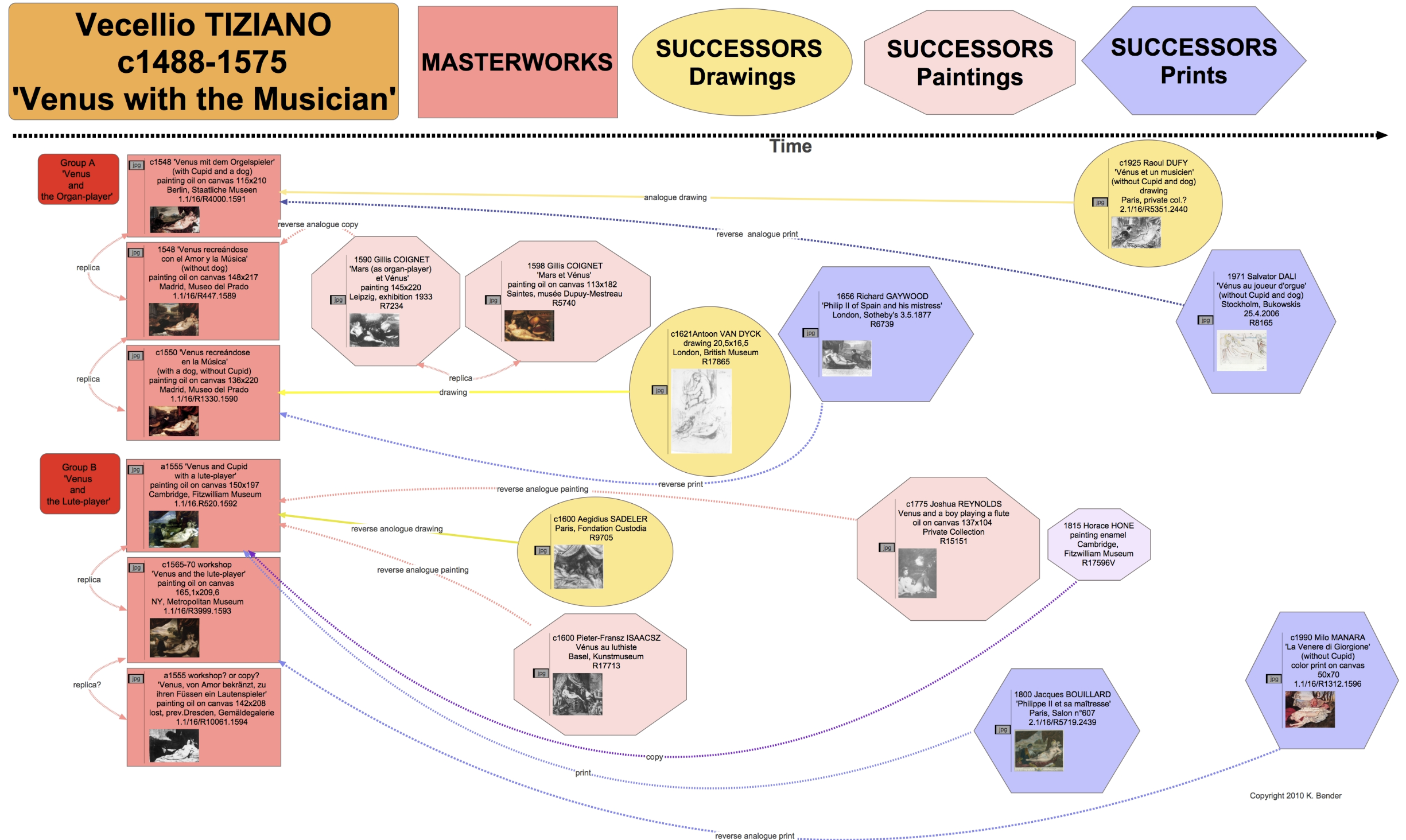

Furthermore, AI literacy may encourage more students to consider careers in this area and provide solid preparation for higher education and their future profession.,Īccording to AI4K12 (Touretzky et al., 2019a), AI education should cover five big ideas in K-12, including Machine Learning that provides systems the ability to automatically learn and improve from experience without being explicitly programmed (Touretzky et al., 2019a Wollowski et al., 2016). The exposure to this kind of complex knowledge has even the potential to enhance children’s everyday skills, better equipping them to deal with the social, economic, and ethical issues that are arising from the use of ML (Kahn et al., 2020). And, although computing education is increasingly being included in K-12 worldwide, these programs rarely cover AI content at this educational stage (Hubwieser, 2015), although studies have shown that children are able to learn ML concepts from a relatively young age (Hitron et al., 2019). Yet, teaching fundamental AI (including ML) concepts and techniques has traditionally been done only in higher education (Torrey, 2012). Due to the growth of Artificial Intelligence (including Machine Learning), for many countries it has also become a major strategy to promote competitiveness, requiring more people to seek a career in AI (Forbes, 2019 Hiner, 2017). Thus, to prepare citizens, including young people, to become responsible and conscientious users and creators of intelligent solutions, it is important to popularize a basic understanding of ML technologies (Kandlhofer et al., 2016 Touretzky et al., 2019a Wong et al., 2020).

Machine Learning (ML) is implemented into many devices and services that are part of our everyday life, for example, recommendation services, healthcare diagnosis, or autonomous vehicles. Findings indicate that the tools can effectively leverage students’ understanding of Machine Learning, however, further studies regarding the design of the tools concerning educational aspects are required to better guide their effective adoption in schools and their enhancement to support the learning process more comprehensively. Being integrated into popular block-based programming languages (primarily Scratch and App Inventor), they also support the deployment of the created ML models as part of games or mobile applications. Tools mainly support the interactive development of ML models for image recognition tasks using supervised learning covering basic steps of the ML process. As a result, we encountered 16 tools targeting students mostly as part of short duration extracurricular activities. Following the trend of visual languages for introducing algorithms and programming in K-12, we present a ten-year systematic mapping of emerging visual tools that support the teaching of Machine Learning at this educational stage and analyze the tools concerning their educational characteristics, support for the development of ML models as well as their deployment and how the tools have been developed and evaluated. This requires age-appropriate tools that allow students to develop a comprehensive understanding of Machine Learning in order to become creators of smart solutions.

Teaching Machine Learning in school helps students to be better prepared for a society rapidly changing due to the impact of Artificial Intelligence.


 0 kommentar(er)
0 kommentar(er)
